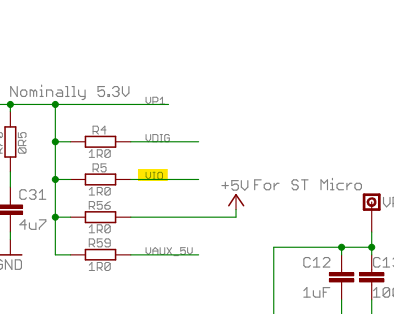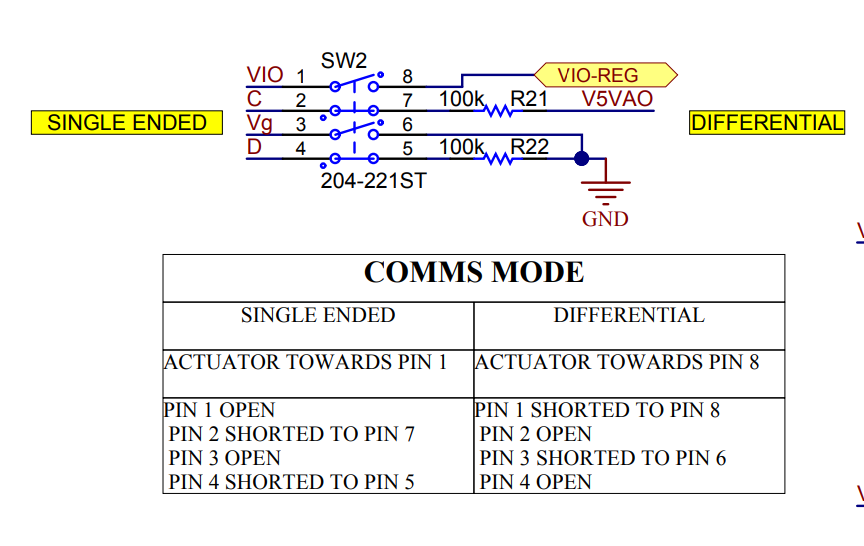Other Parts Discussed in Thread: BQ76PL455A,
I have installed the GUI to drive an evaluation board of the BQ76PL455 (our own, but very, very similar to the EVM).
I have a USB to TTL serial lead with a genuine FTDI chip, which comes up as COM7.
When I run the GUI it initially has a choice of com ports to use, with COM7 as default.
I click OK, then I get a message saying "Unable to open COM port", and the GUI closes after I click OK.
The COM port works fine (tested with a terminal interface + loop back).
Does anyone have any ideas? I'm struggling to get out of the blocks with this one.



